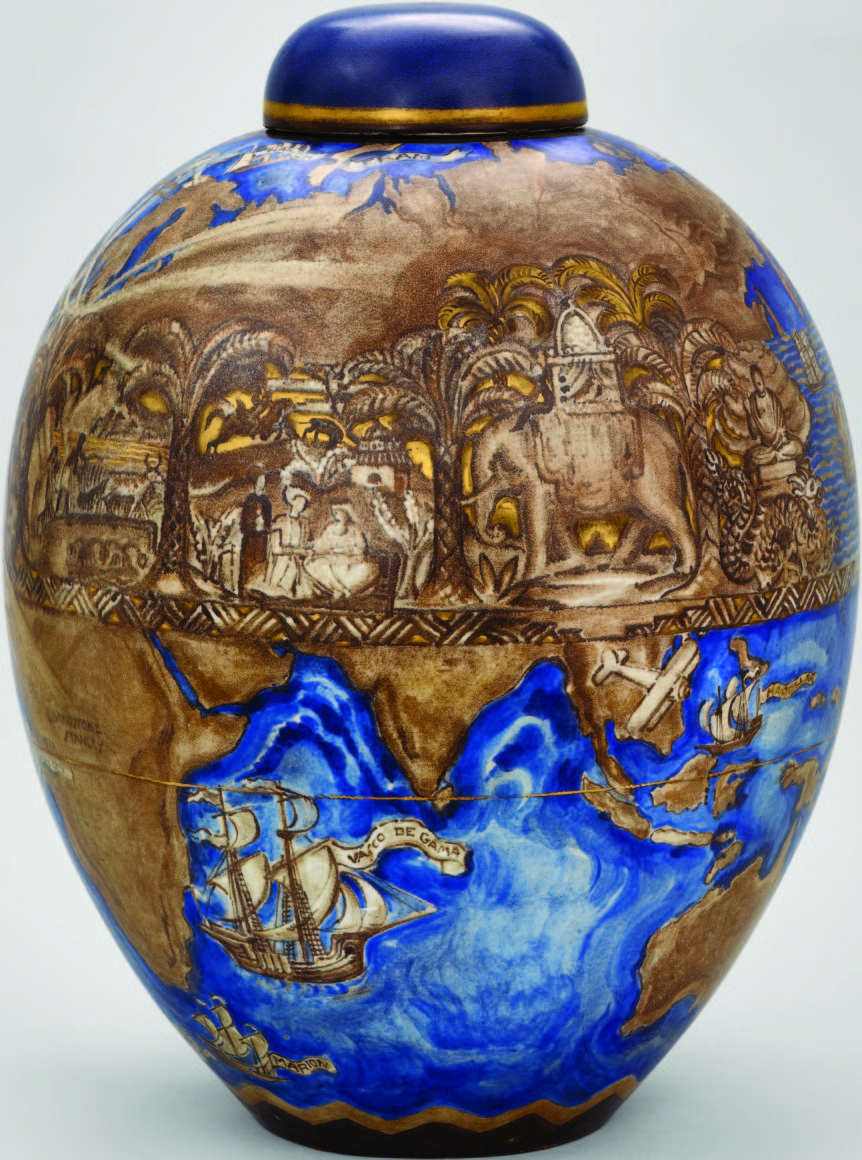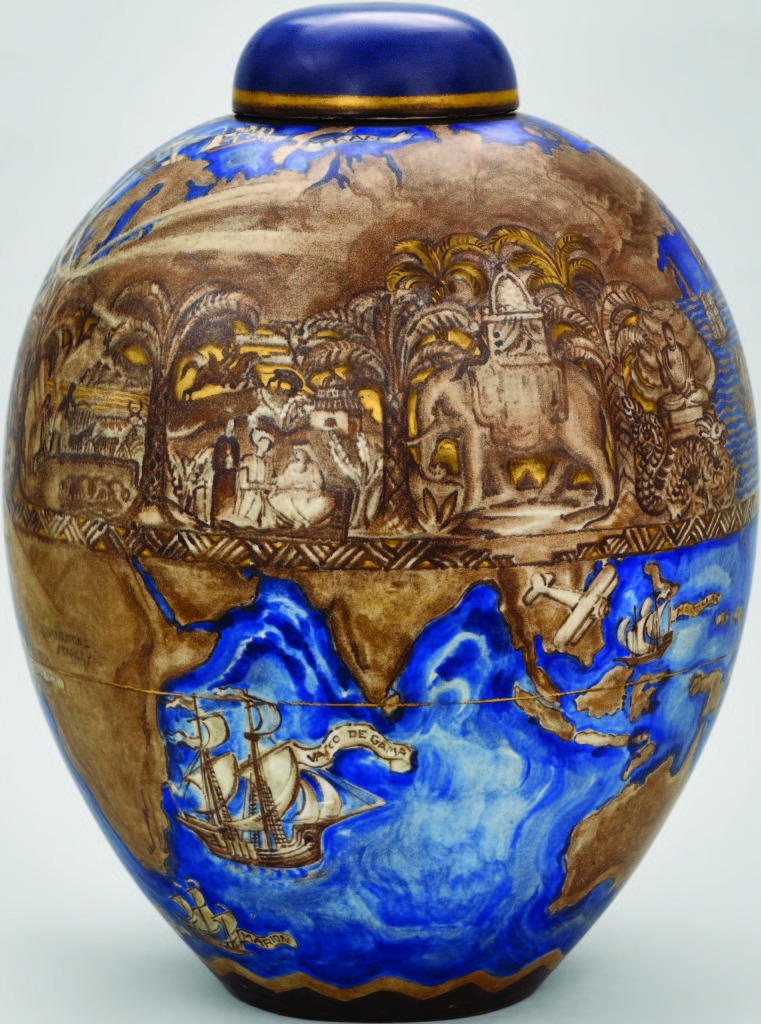
Fig. 1. Mappemonde [Globe], vase designed by Henri Rapin (1873–1939), with decoration designed by Victor Menu and executed by Adrien LeDuc, Sèvres porcelain manufactory, 1932. Glazed soft stoneware; height 23 ó inches. Except as noted, the objects illustrated are in the Wolfsonian—Florida International University, Miami Beach, Mitchell Wolfson Jr. Collection.
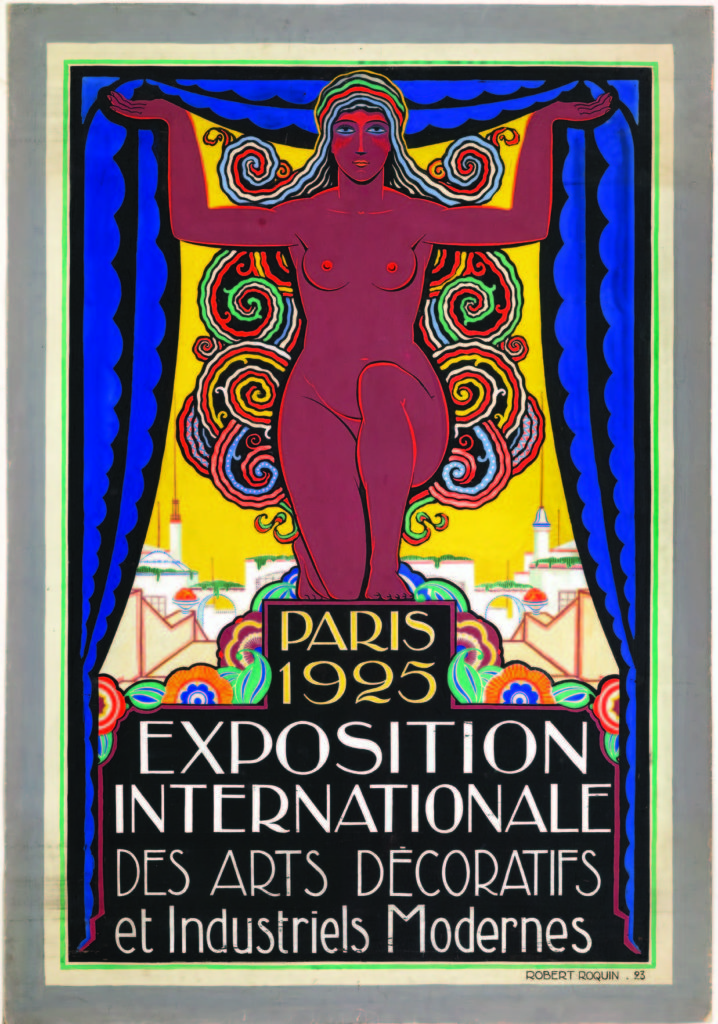
Fig. 2. Paris 1925 Exposition Internationale des Arts Décoratifs et Industriels Modernes, design for a poster by Robert Roquin, 1923. Signed and dated “ROBERT ROQUIN 23” at lower right. Gouache on paper, 50 1/2 by 35 1/4 inches.
The symmetrical and ornamental composition of ascending stylized natural elements of the “frozen fountain” became a popular motif in art deco architecture and applied art after being introduced through Edgar Brandt’s wrought iron and René Lalique’s glass at the Paris Exposition Internationale des arts décoratifs et industriels modernes. This famous showcase, from which the term “art deco” later derived, was originally planned for 1915, but delayed a decade by the First World War and finally held in 1925. It featured a wide variety of international, modern decorative arts and architecture with an emphasis on geometric ornament, artisanal skill, and the use of precious and exotic materials. More than twenty countries participated, but a huge section was dedicated to the host nation with the aim of establishing the supremacy of French taste and luxury goods. Since then, art deco has always been closely associated with France, but variants of the style had already developed all over Europe as confirmed by the displays in the foreign pavilions.

Fig. 3. La cueillette des oranges [Picking Oranges] by Céline Lepage (1882–1928), manufactured by Michel Renault and Lucien Roncière at Sèvres porcelain manufactory, 1922. Stoneware, 47 by 11 1/2 inches. Promised gift of the Mitchell Wolf-son Jr. Collection of Decorative and Propaganda Arts.
The Wolfsonian’s exhibition Deco: Luxury to Mass Market offers an overview of this new aesthetic, presenting its unfamiliar dimensions and different iterations in Europe and across the Atlantic. Art deco is primarily characterized by an emphasis on surface decoration, symmetry, angularity, and stylization. Nevertheless, it presents different nuances, depending on its national variations, which combine local traditions with modernist tendencies, drawing inspiration mostly from nature, historical precedent, abstract geometry, and exotic cultures.
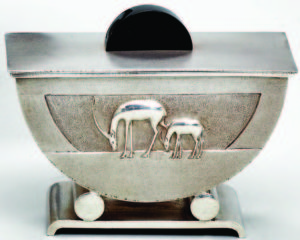
Fig. 4. Tea service manufactured by Narotamdas Bhau, Mumbai, India, c. 1920–1929. Silver and celluloid: teapot height 6 1/4, width 7 1/2 inches; creamer height 5, width 5 1/4 inches; sugar bowl height 3 1/2, width 4 1/8 inches.
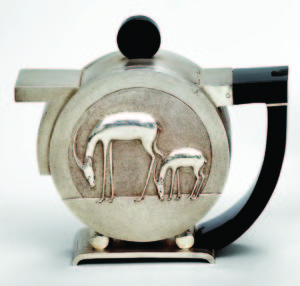
Fig. 4. Tea service manufactured by Narotamdas Bhau, Mumbai, India, c. 1920–1929. Silver and celluloid: teapot height 6 1/4, width 7 1/2 inches; creamer height 5, width 5 1/4 inches; sugar bowl height 3 1/2, width 4 1/8 inches.
Interest in the arts of colonial countries in Asia and Africa led French artists to explore new themes and motifs drawn from these remote cultures. The Wolfsonian’s exhibition is introduced by a never-before-seen design drawing for a poster announcing the 1925 Paris exposition by French illustrator Robert Roquin—a remarkable example of art deco graphic design merging the naked female figure and colonial architecture in the background with symmetry, bright colors, and geometric floral motifs (Fig. 2).
The combination of colonial sources and stylization of nature is also found in the decorative column titled La cueillette des oranges [Picking oranges], realized in Marrakesh in 1922 by sculptress Céline Lepage (Fig. 3), which depicts African women as caryatids immersed in the stylized foliage of orange trees. Some copies of the column were later produced by the national porcelain factory, which contributed to the success of French art deco ceramics through its own pavilions at the 1925 exposition. Inspired by the forms of Asian porcelain, Henri Rapin, designer of the Sèvres pavilion’s garden, created a vase titled Mappemonde [Globe] for the extraordinary decoration by Victor Menu illustrating the foreign worlds encountered by European explorers (Fig. 1).
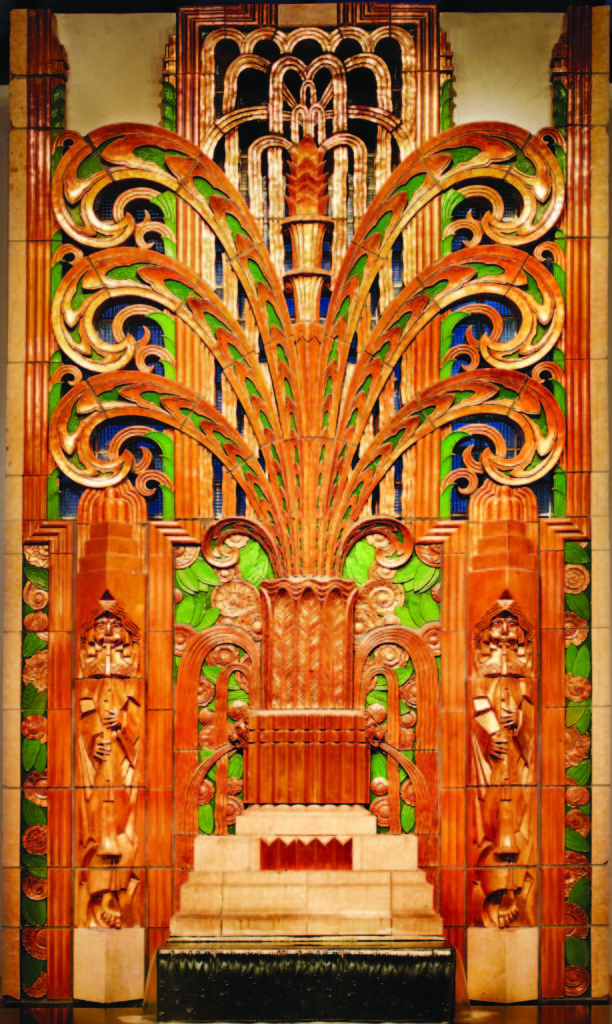
Fig. 5. Window grille from the Norris Theatre, Norristown, Pennsylvania, designed by William Harold Lee (1884– 1971) and Armand de Courtieux Carroll (1898–1976), manufactured by Conkling-Armstrong, Philadelphia, 1929. Glazed terra-cotta, 22 by 12 feet.
Fascination for the exotic further developed all over Europe, and appropriated motifs such as the gazelle, which, like the greyhound, became an oft-seen part of the art deco bestiary. Grazing gazelles appear amid abstracted vegetation on a silver tea set manufactured in India (Fig. 4) or topping an archaically styled urn by Umberto Bellotto. This iron urn—presented at the Venice Biennale in 1932—demonstrates an Italian tendency to merge exotic imagery with references to ancient artifacts. In Germany, on the contrary, the rococo tradition influenced the development of the new style, as can be seen in a cabinet by Gerhard Schliepstein that alludes simultaneously to Chinese red lacquer and cubism (Fig. 6).
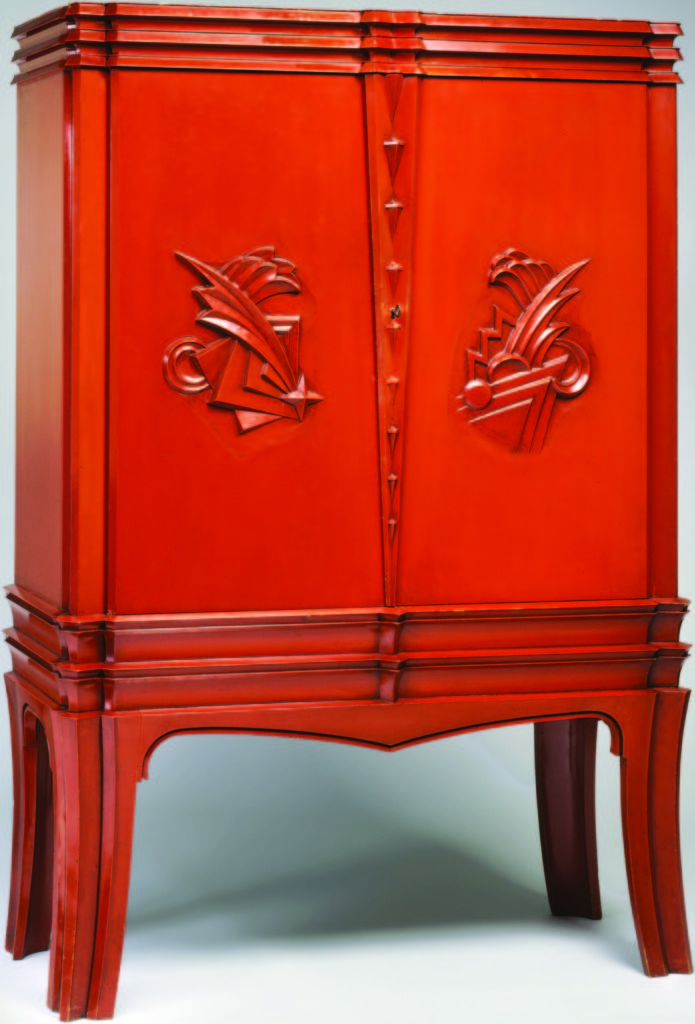
Fig. 6. Cabinet by Gerhard Schliepstein (1886–1963), c. 1928. Painted hardwoods and softwoods, plywood; height 64 5/8, width 44 5/8, depth 16 inches.
In the Netherlands, the culture of their East Indies colonies helped shape a modern Dutch aesthetic, that was represented at the Paris exposition primarily by work of the expressionism influenced architects and designers of the Amsterdam school. The shape and the vibrant geometric pattern of the vase titled Kracht [Strength] by Dutch ceramist Theo Colenbrander echo Indonesian architectural forms and motifs (Fig. 7). The same sources are evident in the form and elaborate brickwork of the Dutch pavilion designed by Jan F. Staal, in which several examples of the vase were displayed.
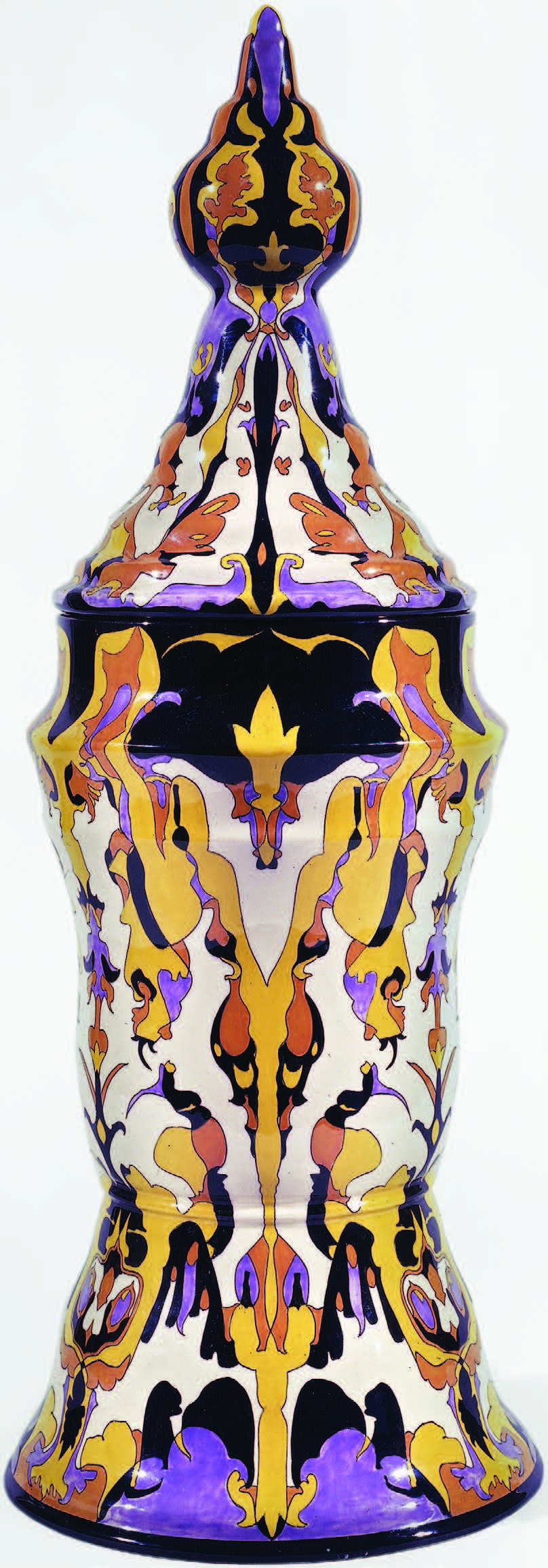
Fig. 7. Kracht [Strength], vase designed by Theodoor Christiaan Adriaan Colenbrander (1841–1930), manufactured by Plateelbakkerij Ram, Arnhem, Netherlands, 1923. Glazed majolica; height 24 1/8 inches.
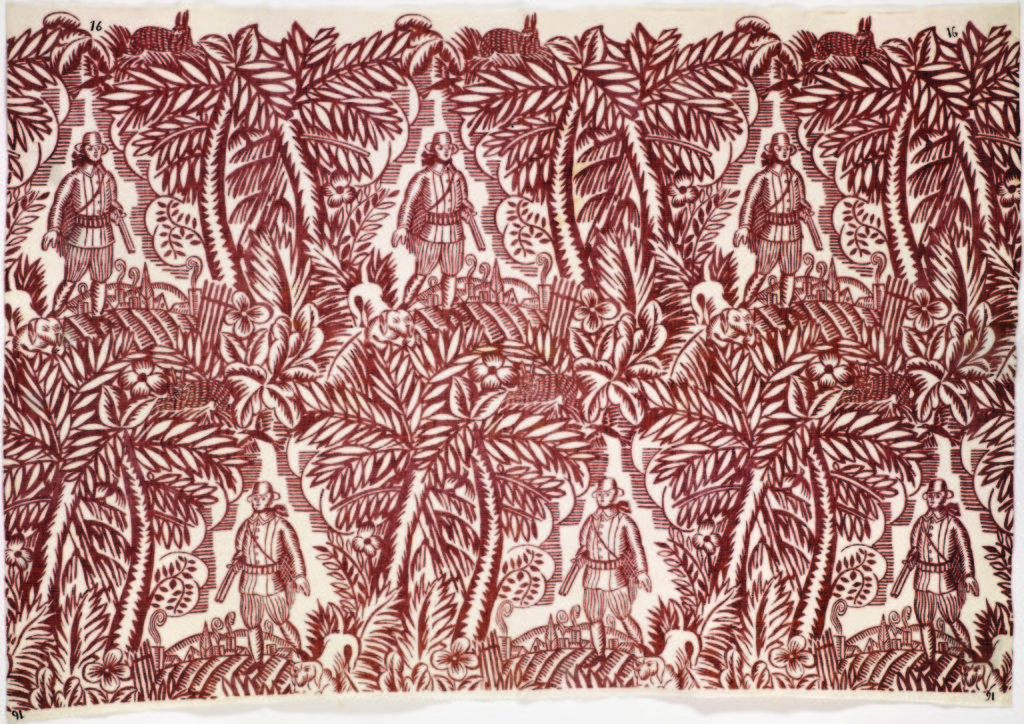
Fig. 8. La chasse [The Hunt], textile sample designed by Raoul Dufy (1877–1953), manufactured by Bianchini-Férier, Lyon, France, c. 1920. Printed linen, 33 by 47 inches.
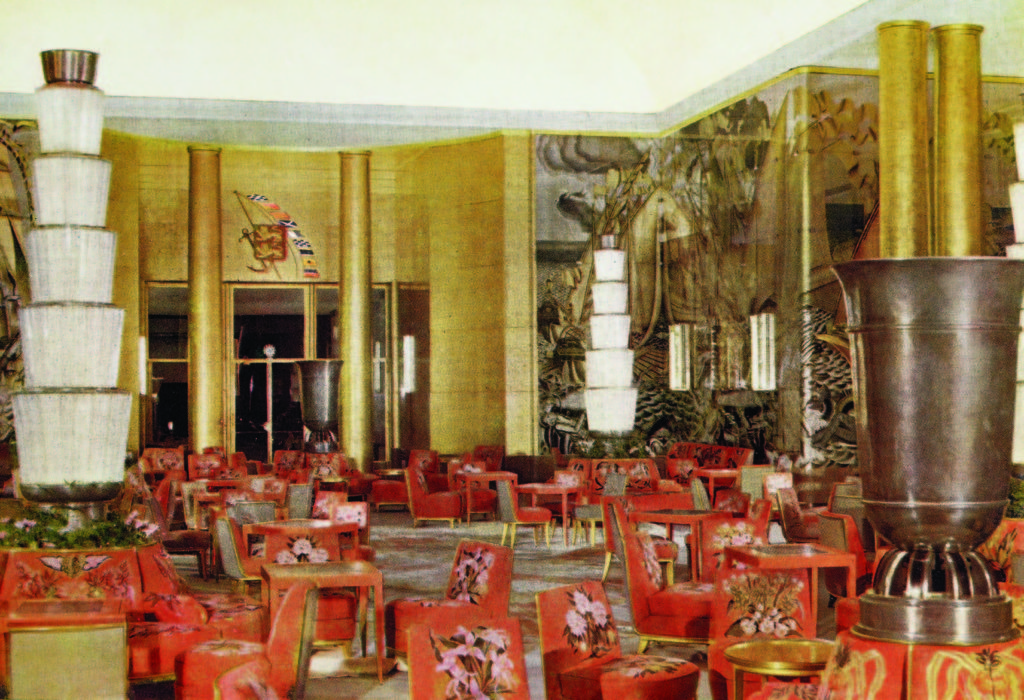
Fig. 9. Grand salon of the SS Normandie with chairs designed by Jean-Maurice Rothschild, published in Normandie (Paris: Editions de L’Atlantique, 1935). Promised gift of the Mitchell Wolfson Jr. Collection of Decorative and Propaganda Arts.
If France invoked Louis period styles in the search for a new idiom and Germany and Austria looked to their national baroque, rococo, and Biedermeier traditions, Italy drew inspiration mostly from its folk culture and classical past. The architect Gio Ponti, artistic director at the porcelain factory Richard-Ginori starting in 1923, interpreted Greco-Roman precedents with a modern sensibility in the plate titled Le attività gentili. I progenitori [Noble Activities. Our Ancestors], representing arts and industry (Fig. 10). Ponti viewed the classical lexicon as a model for creating a modern Italian aesthetic in the decorative arts and in architecture.
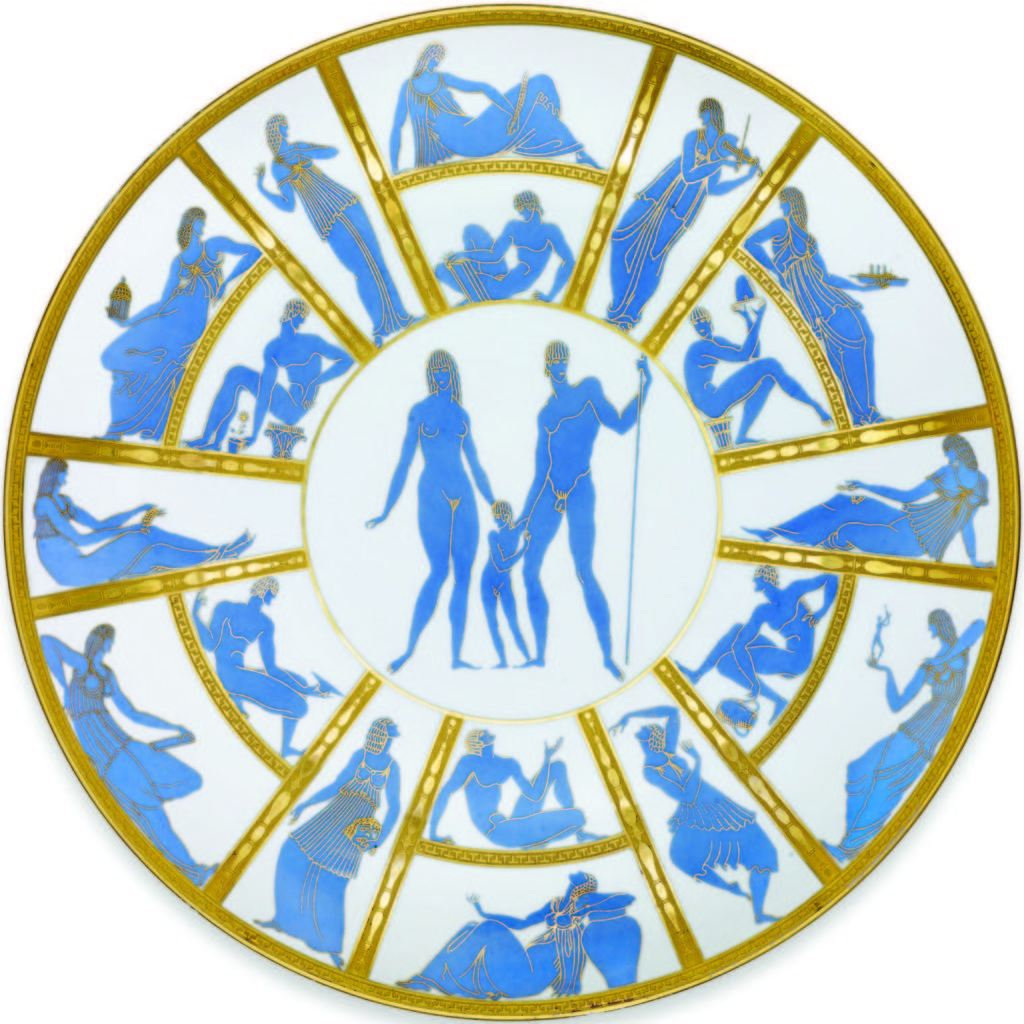
Fig. 10. Le attività gentili. I progenitori [Noble Activities. Our Ancestors], plate designed by Gio Ponti (1891–1979), manufactured by Richard-Ginori, Doccia, Sesto Fiorentino, Italy, 1924. Porcelain with gilding; diameter 12 7/8 inches.
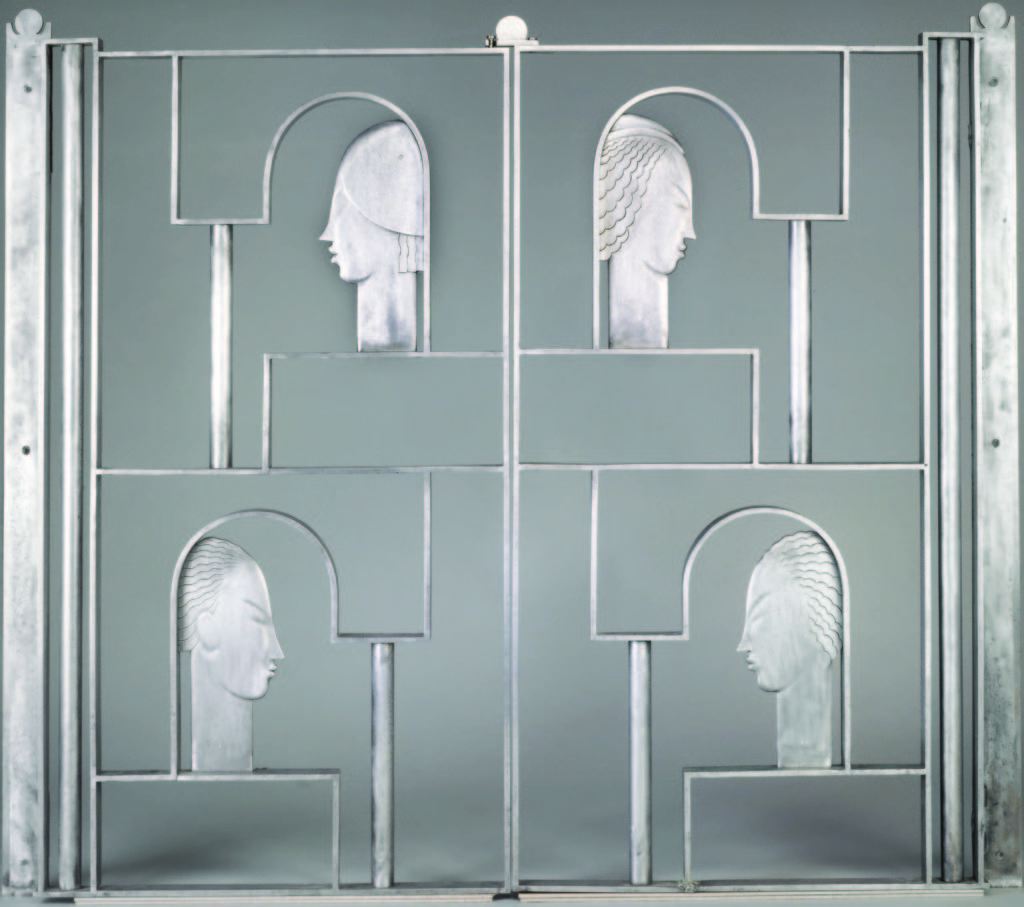
Fig. 11. Gate designed by Ernesto Puppo (1904– 1987), manufactured by Officina Matteucci, Faenza, Italy, 1933. Aluminum; height 46 1/2, width 40 1/2, depth 2 3/8 inches.
Deco: Luxury to Mass Marketis an ongoing exhibition at the Wolfsonian–Florida International University museum.
SILVIA BARISIONE is a curator at the Wolfsonian–FIU in Miami Beach after spending two decades at its sister institution, the Wolfsoniana in Genoa, Italy. She co-curated the Wolfsonian exhibition Deco: Luxury to Mass Market with Shoshana Resnikoff and Whitney Richardson.

